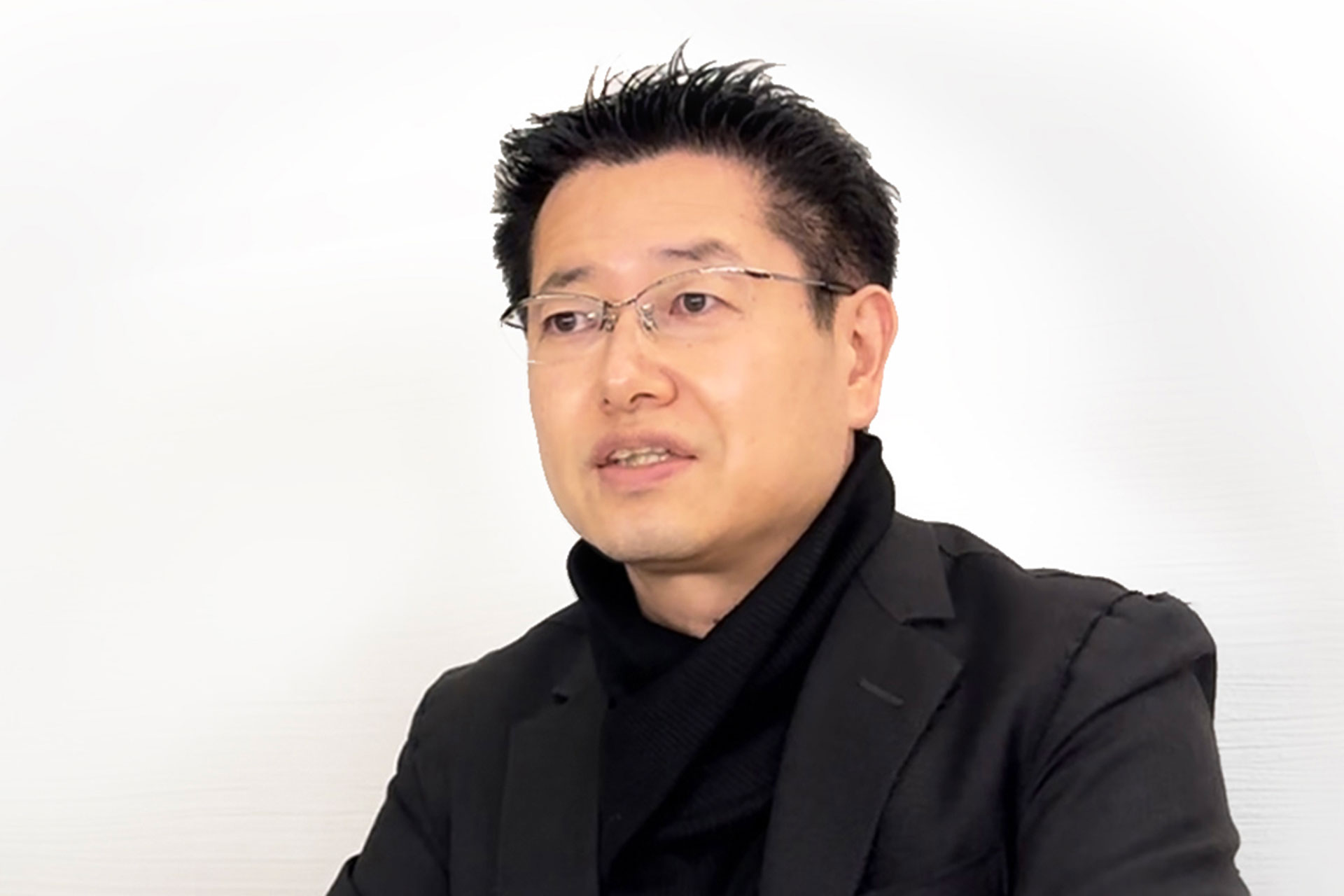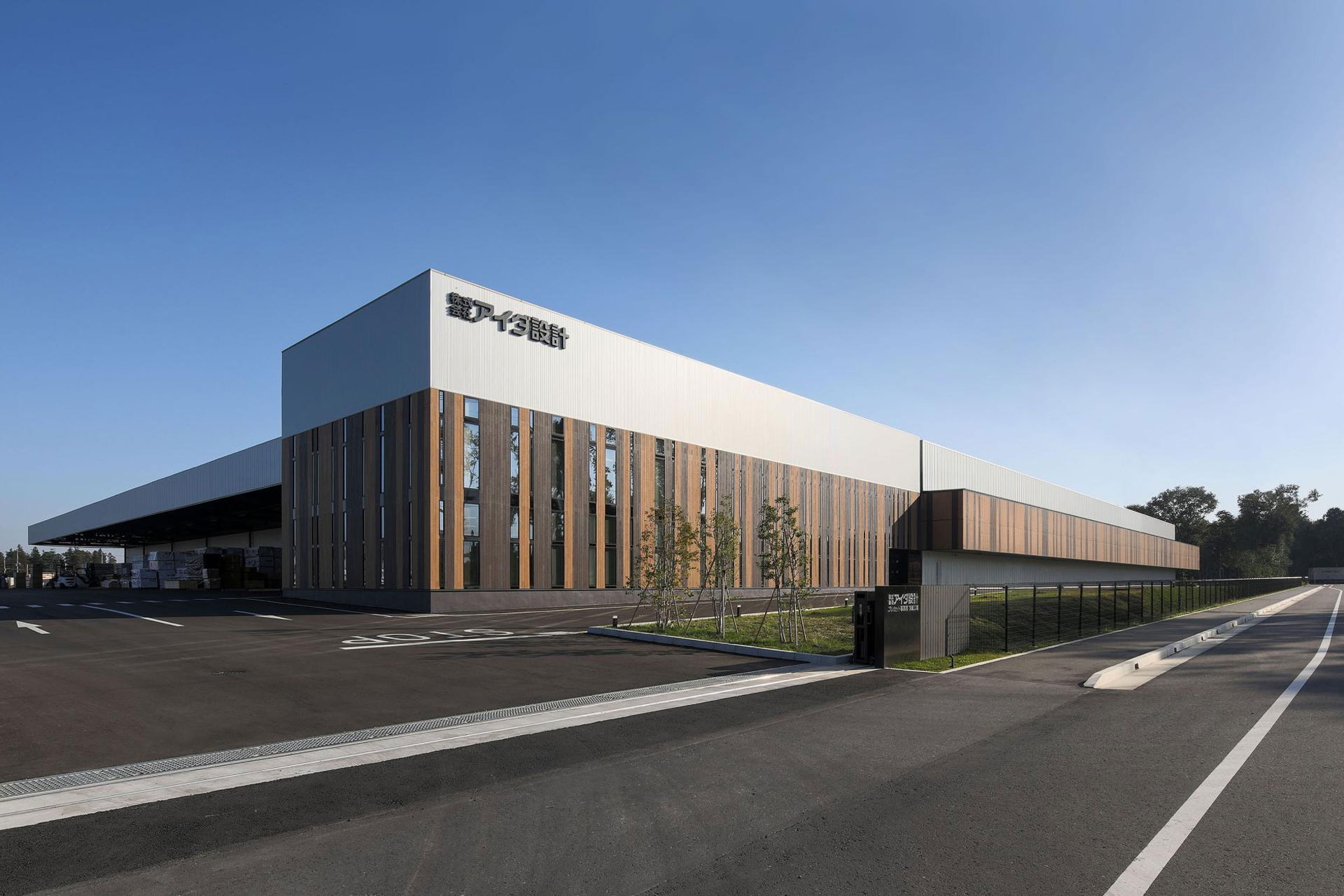Interview with Nobuaki Miyashita from Japan

Interview with Qingdi Shi from China
May 21, 2024
Revealing the Curators of Excellence: LIT Music Awards 2024 Jury
May 21, 2024Nobuaki Miyashita
Nobuaki Miyashita, CEO of MR Studio Co., Ltd., is an experienced architect specializing in redefining spaces. Nobuaki Miyashita's firm provides architectural services across various types of buildings, with a focus on creating innovative, user-focused, and context-sensitive designs that promote environmental integration. His inspiration to pursue a career in architecture comes from the ability to create transformative spaces that resonate with their users and surroundings.
I am Nobuaki Miyashita, the CEO of MR STUDIO Co., Ltd., based in Tokyo, Japan. With nearly 30 years of architectural design experience, my career has been dedicated to redefining how spaces are conceived and experienced.
My firm provides a comprehensive range of architectural services across various building types – from single-family homes to large commercial facilities, corporate offices, cultural facilities, and large-scale urban planning projects. We strive to deliver innovative, context-sensitive designs that enhance user experience and environmental integration.
I was drawn to architecture by the possibility of creating transformative spaces that resonate deeply with their users and surroundings. My uncle, a respected architect, exposed me to design and architecture at a young age, showing me how spaces can powerfully influence emotions and activities. This early inspiration led me to pursue a career where I can bring significant, positive changes to the environment through thoughtful design.
At MR STUDIO, I lead a dynamic team of architects and designers committed to discovering and responding to the implicit needs and identities of our projects.
Our firm emphasises the integration of diverse design elements – signage, lighting, landscape, and product design – to create distinctive, site-specific architecture that provides added value and enhances the character of each location. My role as CEO involves guiding our strategic direction, fostering creativity, and ensuring that our designs are both innovative and practical.
To me, design is a dynamic process of creating environments that enhance human interaction and well-being. It is about finding the balance between aesthetic appeal, functionality, and contextual relevance. Design should provoke reflection and evoke a sense of place, blending art, science, and technology to create spaces that are not just built environments but lived experiences.
I am particularly fond of design that respects and reflects the local context, making each project relevant and impactful in its specific setting. This approach challenges us to delve deeply into the cultural, environmental, and historical narratives of the site, enabling us to craft solutions that are not only aesthetically pleasing but also culturally and environmentally consistent.
A good design serves its users efficiently while also enhancing the environment it occupies. It should be sustainable, aesthetically elegant, and culturally meaningful, providing solutions that are not only functional but also enriching. Good design stands the test of time, adapting to the evolving needs of its users and continuing to provide value and relevance.
Our design process is deeply collaborative, starting with comprehensive site analysis and client consultation to fully understand the scope and potential of each project. We engage in iterative design phases, incorporating feedback from all stakeholders to refine our solutions.
For example, when designing a resort hotel in Vietnam, we drew design inspiration from futuristic spaceships and luxury cruise ships, symbols of innovation and luxury respectively. This process ensures that our designs are not only innovative but also aligned with the specific needs and aspirations of the communities they serve.
Our design process is deeply collaborative, starting with comprehensive site analysis and client consultation to fully understand the scope and potential of each project. We engage in iterative design phases, incorporating feedback from all stakeholders to refine our solutions. This process ensures that our designs are not only innovative but also aligned with the specific needs and aspirations of the communities they serve.
Japanese cultural values of minimalism, attention to detail, and harmony with nature profoundly influence our approach. These principles guide our design decisions, from the macro scale of urban planning to the micro details of interior spaces. This cultural lens helps us create spaces that are not only functional but also spiritually and aesthetically aligned with Japanese traditions.
Winning the French Design Awards is immensely gratifying and a significant recognition of our dedication to excellence in architecture. It highlights our team's ability to create distinctive, context-aware designs that resonate on an international stage, and it reaffirms our commitment to pushing the boundaries of architectural practise.
We were honoured with the French Design Awards for several projects, each recognised for its exemplary integration of cultural sensitivity and architectural innovation. These awards highlight our firm's ability to address complex design challenges with solutions that are both creative and appropriately aligned with their contexts.
Our winning projects span a variety of settings, from major urban environments like Tokyo to factory projects in regional cities across Japan and resort hotels in Vietnam. This diversity demonstrates our versatility in managing different scales and contexts and highlights our technical expertise as well as our dedication to cultural heritage and environmental sustainability.
One of the main challenges in these projects was to incorporate modern architectural elements into historical contexts without compromising their inherent cultural values. We achieved this through careful material selection, innovative design methods, and ongoing dialogue with local stakeholders, ensuring that our interventions were both respectful and appropriate.
In addition, our design approach aims to express the client's identity vividly through iconic designs that create a memorable visual impact and align with the unique characteristics of each site. This strategy not only respects the existing cultural landscape but also enhances it by introducing contemporary interpretations that remain sensitive to the past.
The award has significantly strengthened our company's international reputation, attracting the attention of potential clients worldwide interested in innovative and culturally tailored design solutions. It has also inspired our team, boosting morale and fostering a culture of excellence and innovation within our practise.
- Continuous innovation and technological advances are driving us to rethink traditional approaches to design.
- The collaborative nature of the industry allows for a rich exchange of ideas and expertise across disciplines.
- The opportunity to positively impact people's lives through thoughtful, well-designed spaces.
Japan offers a unique blend of historical richness and cutting-edge technology in design. This combination creates innovative architectural solutions that respect traditional aesthetics while embracing modernity, setting Japanese design apart in the global arena.
I expect the industry to increasingly focus on sustainable practises, resilience, and adaptability. The next decade will likely see a surge in designs that prioritise environmental and social sustainability, with a strong focus on renewable materials and energy efficiency.
Nurture a deep understanding of both the technical aspects and the broader cultural and social implications of design. Stay open to learning and innovation, and always aim to contribute positively to the communities your designs will serve.
I recommend a combination of academic study, hands-on practise, and continuous professional development. Engaging with leading design publications, attending international design conferences, and participating in collaborative workshops are excellent ways to enhance your skills and stay ahead of the field.
Winning Entries
Aida Sekkei Precut Division Ibaraki Factory | 2024
This is a project of a new timber processing plant for precut lumber designed by Aida sekkei Co.,Ltd., one of the leading house builders who specializes in traditional Japanese timber construction. The plant plays an …
(Read more at French Design Awards)
Hotel Marina Gold |
2024
The site faces Mui Ne Beach which is located in the southeast of Vietnam. Mui Ne Beach is situated at around 170 kilometers far from Ho Chi Minh City, the largest city in Vietnam. Its magnificent coastline attracts not only …
(Read more at French Design Awards)
Nobuaki Miyashita
MR STUDIO Co., Ltd.
Nobuaki Miyashita, CEO of MR Studio Co., Ltd., is an experienced architect specializing in redefining spaces. Nobuaki Miyashita's firm provides architectural services across various types of buildings, with a focus on creating innovative, user-focused, and context-sensitive designs that promote environmental integration. His inspiration to pursue a career in architecture comes from the ability to create transformative spaces that resonate with their users and surroundings.
Read more about this interview with Ying Pan from the United States, the Silver Winner of the 2024 French Design Awards.



